More Ancient Buildings
31.03.2025
Here, I would like to continue my thoughts on the topic of "Ancient Buildings", other than... The pyramids of Giza did create too much of a mess in my head already.
The Pyramids of Giza – Unanswered Questions
I have questioned the historical classification of the construction of the pyramids of Giza for various reasons. Among them are the theoretical lack of tools capable of processing materials like granite, the movement or placement of up to 50-ton precisely cut stone blocks, and the theoretically insufficient global population at the time of construction—especially when considering a reasonable distribution of the population across the planet.
This is, incidentally, an interesting point for these discussions. In fact, there are many other large construction projects on this planet that were completed a long time ago. We also tend to overlook the fact that a civilization capable of erecting massive structures left no records whatsoever on how they were built. Or are they inaccessible to us for some reason? I mean, are there really none, or are they still hidden somewhere or locked away in some vault? Well, I simply cannot answer that, so let's move on.
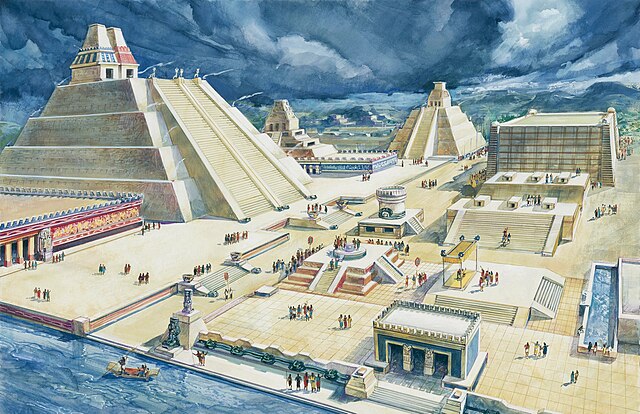
By Diego Rivera - https://commons.wikimedia.org/w/index.php?curid=145523789
Pyramids Around the WorldThere are far more pyramids on Earth than just in Egypt. Here is what I found in my research:
Pyramids on Earth:
| Egypt | more than 130 |
| Mexico | several large pyramids |
| Sudan | more than 200 |
| China | many smaller pyramids |
Speculations even suggest that more pyramids might be located in Antarctica. But what is actually written here? Africa, Asia, Central and South America—pyramids have been built all over the world.
I speculate that there are no records of exactly how they were built, and their purpose is generally assumed to be tombs, religious buildings, or structures with astonishingly precise alignments to the stars, serving as calendars. How was the knowledge of pyramid construction spread across oceans if there was seemingly no writing system to transmit it other than orally?
The Mystery of Transatlantic Knowledge Transfer
And yet we assume that Christopher Columbus was the first modern-era sailor to cross the Atlantic. Maybe the Vikings were earlier, but they certainly weren't known for building large pyramids—just like the Spanish or Europeans in general. This remains another mystery.
Just a quick look back at Egypt. I am also fascinated by the construction of granite sarcophagi. These are found in large numbers in Egypt, sometimes in rooms where one wonders how they were even brought in. But how does one carve a granite block into a rectangular shape with a precisely hollowed interior, reaching into the inner corners almost perfectly? And end up with a smooth surface and a perfectly fitting lid? That is simply impossible! Not with the idea of using primitive stone chisels!
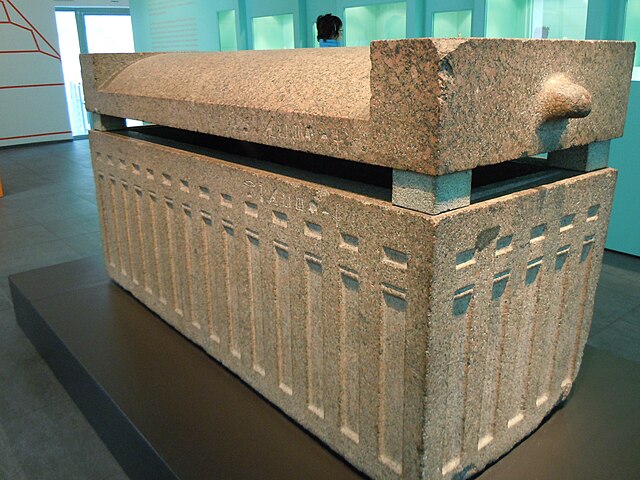
By Ineni3000 - https://commons.wikimedia.org/w/index.php?curid=41745961
Other Mysterious Structures Around the WorldNow, I would like to shift the focus away from pyramids. There are other interesting structures for which we have absolutely no idea how they were built—or who built them.
For instance, there are massive stone walls in Peru and Japan. There is Easter Island with its colossal stone heads, the ancient city of Göbekli Tepe in Turkey—now dated to 12,000 years old—or the Jupiter Temple in Baalbek.
The Mystery of Ancient Walls
Ancient walls differ greatly. Some have crumbled into piles of stones, while others have stood firm for thousands of years. Many of them are earthquake-resistant, and I once heard or read somewhere: the older the walls, the larger the blocks, and the more precisely they were cut—so much for evolution.
I have only mentioned two examples here, from Peru and Japan. At a castle in Osaka, it is known that the truly massive blocks, such as the so-called Octopus Stone, were transported from a quarry 100 km away. This particular block alone is estimated to weigh 120-130 tons. And here it is again—my transportation problem.
It is not just a matter of imagining how such giant stones were moved but also the complete lack of records explaining how it was done worldwide. And this despite the fact that people supposedly lived in primitive houses and had no reliable means of transport. But transporting 100-ton stone blocks was no problem?
The wall in Peru belongs to the Inca fortress: Sacsayhuamán. Same problems!
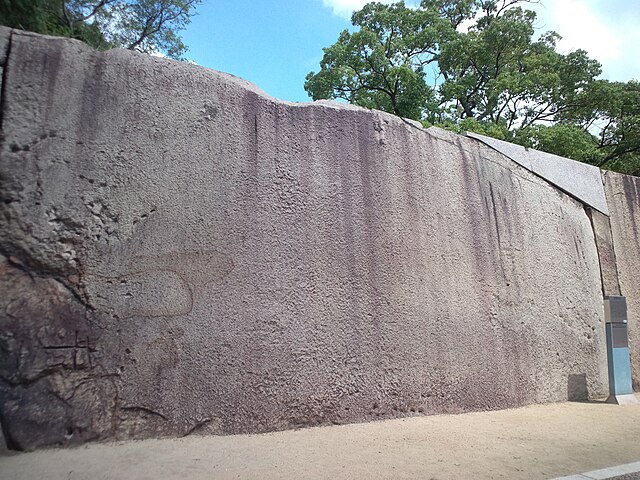
By Yanajin33 - https://commons.wikimedia.org/w/index.php?curid=21103787
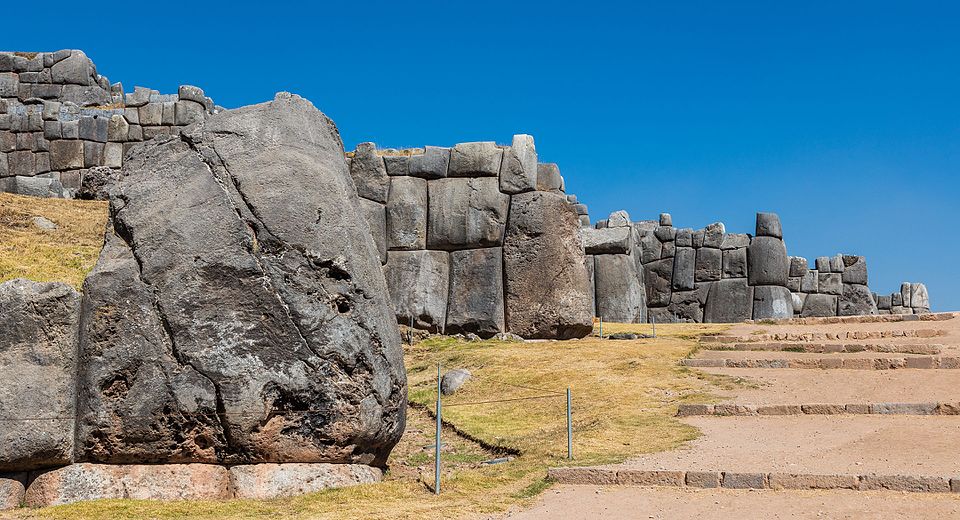
By Diego Delso - https://commons.wikimedia.org/w/index.php?curid=43175174
The Moai of Easter IslandBut it gets even better. Most of us have probably heard of the Moai statues or the stone heads on Easter Island. It is believed that over 1,000 of these figures were carved from volcanic rock.
Since the island itself is volcanic, it is unsurprising that many of these heads have toppled or been buried over time. However, some Moai stand on platforms, and the heaviest ones weigh around 90 tons. The age of stone structures cannot be determined directly, but German Wikipedia suggests they are less than 2,000 years old??? Again, no records exist?
And since we are talking about an island, the possibility of simply using an unlimited workforce is ruled out. How could they have been fed, housed, or even transported to the island? At 3,500 km from the South American coast, that would have been a navigational masterpiece. But for some reason, massive statues ended up on platforms. So, how did they get there? Once again, there are no answers!
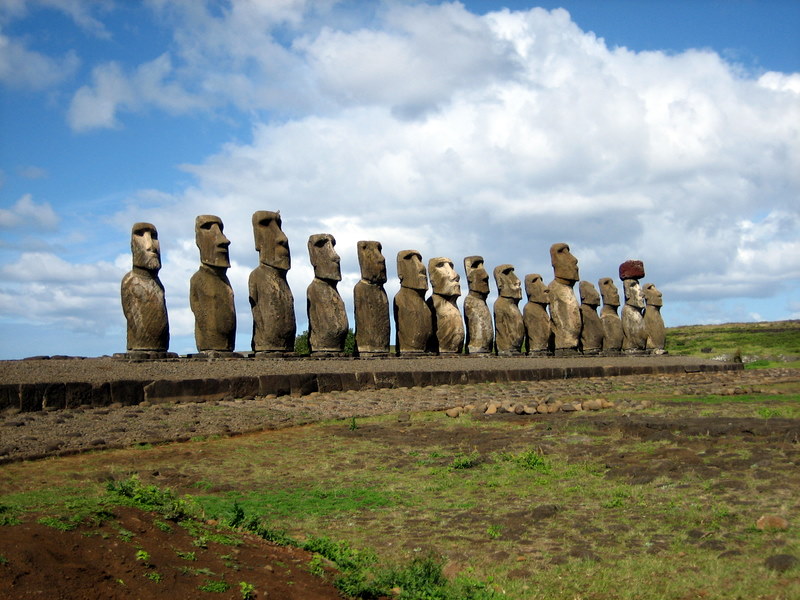
By Ian Sewell - https://commons.wikimedia.org/w/index.php?curid=1193567
Göbekli Tepe – The Oldest Known Human SettlementIn Turkey, there is an excavation site I had never heard of until recently. Göbekli Tepe is considered the oldest known human settlement. It is estimated to be 10,000-12,000 years old.
Göbekli Tepe features circular main buildings with T-shaped pillars in the center, weighing up to 50 tons, some with three-dimensional carvings directly sculpted from the pillars themselves—a staggering level of effort!
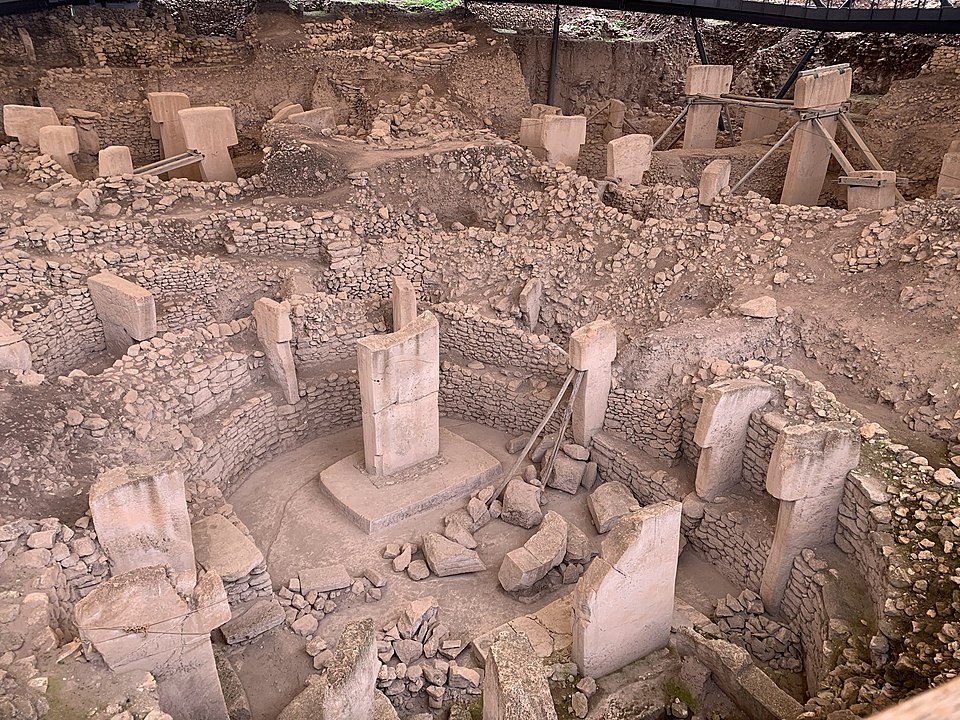
By Beytullah eles - https://commons.wikimedia.org/w/index.php?curid=90872078
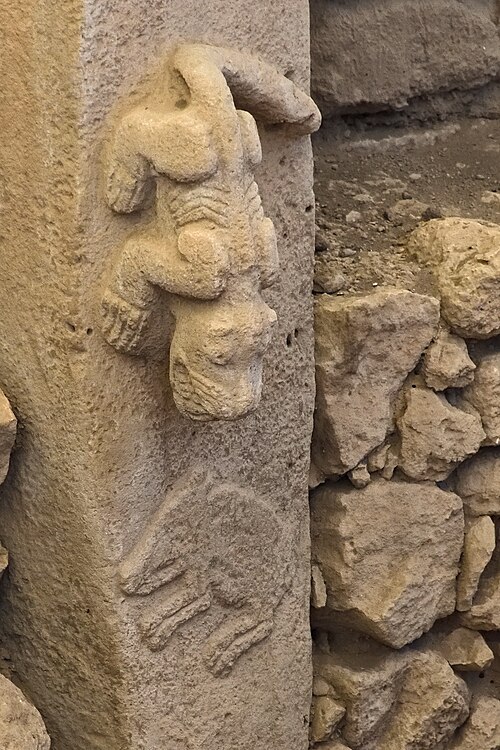
By Dosseman - https://commons.wikimedia.org/w/index.php?curid=93968905
The Jupiter Temple in BaalbekThe last ancient architectural marvel I want to discuss is in Lebanon, in Baalbek. Here stands the largest Roman temple ever built. Interestingly, it appears to have been constructed on top of older structures, which are quite astonishing.
The Jupiter Temple sits on a podium consisting of two layers of stone blocks, with the lower layer containing blocks weighing about 350 tons each, and the upper layer comprising three blocks weighing approximately 800 tons each. The sheer size of these blocks —19 m x 4.2 m x 3.6 m—makes it virtually inconceivable how such a behemoth was first moved uphill and then stacked onto another layer.
A modern mobile crane can lift about 4 tons. Of course, there are cranes today that can handle much heavier loads, but for comparison, you would need 200 mobile cranes to lift one of these blocks. And yet, these massive stones are perfectly placed on the foundation and each other. Again, it is simply unimaginable!
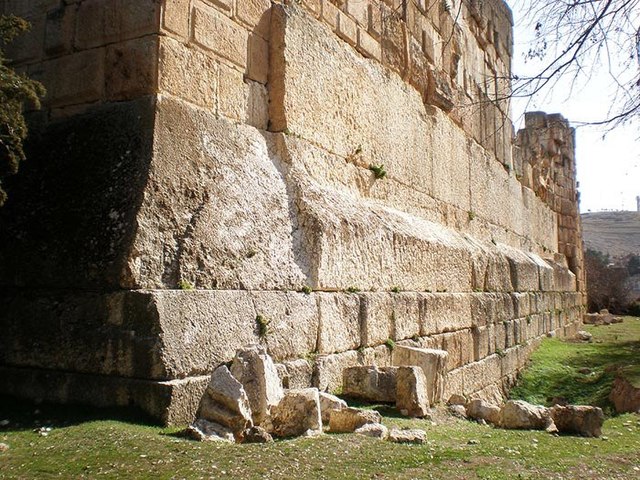
By Brattarb - https://commons.wikimedia.org/w/index.php?curid=46933789
Reflections on Control and Hidden KnowledgeLet me conclude by explaining why I even started exploring this topic. During the COVID-19 pandemic, the entire population of the Western world—if not the entire planet—was subjected to regulations and orders that were not only demonstrably nonsensical but also blatantly violated previously established norms. And yet, the majority complied, or were too intimidated to resist. Early in the pandemic, I lost faith in the official narrative, as I kept seeing contradictions everywhere. This led me to question why so many people believed in it so fervently and defended it so strongly. How was that possible?
If one tries to solve this mystery, one automatically stumbles on more topics that were brought upon us in recent years. Corona was managed globally, and only few resisted openly like Sweden or more importantly South Dakota.
Eventually, I came across a documentary about the pyramids of Giza, and I realized that this "control" we live under is quite advanced. The question, in my view, is: how are we made to accept all this? We have been accepting obviously flawed narratives for a very long time. Many aspects of our lives seem to be manipulated.
When it comes to the pyramids, I suspect we are actively discouraged from studying them in detail. And I believe that the claim that they were merely tombs is a deliberate lie.
Many people believed what was brought upon them, because this is exactly what we are being taught in schools. We are made to believe what is written in books or what the teacher tells us. If we get older, we believe the news anchor. And most of us are too busy doing other things then to worry about if what we hear, read or see is sensical or nonsensical. That works so perfectly, because meanwhile even teachers really believe their teachings.
Worrisome is how much of what we know exactly, just isn't so in reality!
back